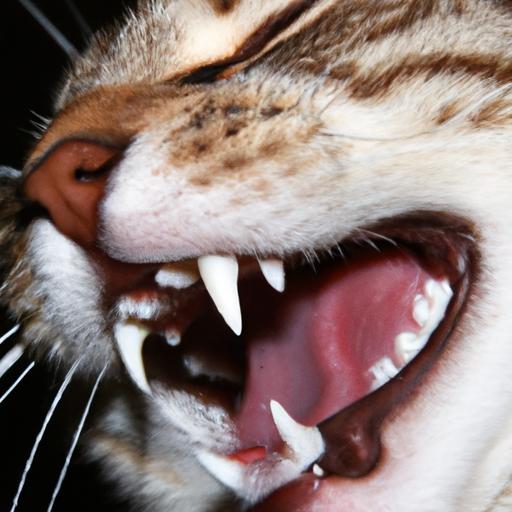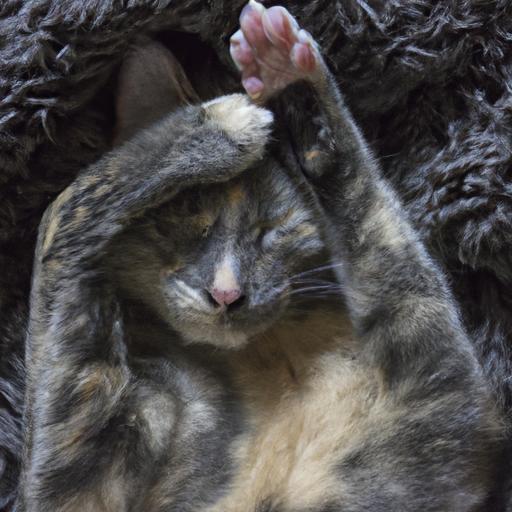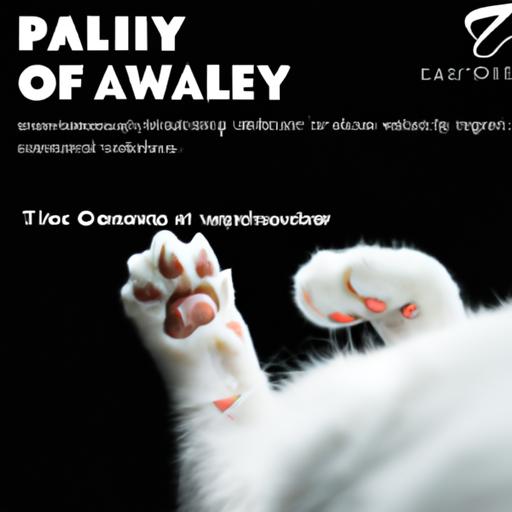
Cat Behavior: Decoding Vocalizations
Learn how to decode your cat’s vocalizations in our comprehensive guide on cat behavior. Understand their meows, purrs, and more. Cat Behavior: Decoding Vocalizations.
Introduction
As cat owners, we often find ourselves puzzled by the vocalizations our feline friends make. From soft purrs to loud meows, cats have a unique way of communicating with us. Understanding these vocalizations is crucial for enhancing our bond with them and ensuring their well-being. In this article, we will delve into the fascinating world of cat behavior, specifically focusing on decoding their vocalizations.
Understanding Cat Vocalizations
Cats have a wide range of vocalizations, each serving a different purpose. By deciphering these sounds, we can gain valuable insights into their needs and emotions.
Meowing
Meowing is perhaps the most common vocalization cats use to communicate with humans. But have you ever wondered what your cat is trying to say? Different types of meows carry distinct meanings. For instance, a short, high-pitched meow could indicate a greeting or a request for attention, while a long, low-pitched meow might suggest hunger or discomfort. Understanding the context in which they meow is crucial for interpreting their messages accurately.
Purring
We often associate purring with contentment, but did you know that cats also purr when they are in pain or distress? Distinguishing between a happy purr and a purr that signals discomfort requires careful observation. By paying attention to your cat’s body language and the situation at hand, you can better understand the underlying reasons behind their purring.
Growling and Hissing
Growling and hissing are vocalizations that indicate aggression or fear. If your cat starts growling or hissing, it’s important to identify the triggers causing these reactions. It could be territorial issues, fear of unfamiliar people or animals, or even pain. By addressing the root cause, you can help your cat feel more secure and prevent potential conflicts.
Chirping and Trilling
Chirping and trilling are unique vocalizations that may leave you wondering what your cat is trying to convey. These sounds are often associated with excitement or anticipation. Cats may chirp when they spot prey or when they are excited to see their favorite human. While it can be puzzling, these vocalizations showcase the playful and curious nature of our feline companions.
FAQ (Frequently Asked Questions)
Why do cats make different sounds?
Cats make different sounds to communicate their needs, emotions, and intentions. Each vocalization serves a specific purpose, allowing them to express various messages to humans and other animals.
What does it mean when a cat yowls?
When a cat yowls, it often signifies distress, pain, or a strong desire for something. It could be a call for attention, hunger, or even a mating call. Understanding the context and accompanying body language can help decipher the meaning behind a cat’s yowl.
Can cats understand human vocalizations?
While cats may not comprehend human language in the same way we do, they can certainly learn to associate certain vocal cues with specific actions or events. They can recognize their names, tone of voice, and even simple commands, indicating a basic level of understanding.
How can I communicate effectively with my cat through vocalizations?
To communicate effectively with your cat through vocalizations, observe their body language, context, and the specific sounds they make. Responding appropriately to their vocal cues and providing the necessary attention, food, or comfort can strengthen the bond between you and your feline companion.
Are there any health issues associated with abnormal vocalizations?
Yes, abnormal vocalizations can sometimes be a sign of underlying health issues. If your cat’s vocalizations suddenly change in frequency, pitch, or duration, it’s important to consult a veterinarian. They can assess your cat’s health and determine if there are any underlying medical conditions contributing to the changes in vocalizations.
Conclusion
Decoding your cat’s vocalizations is an essential skill for any cat owner. By understanding the different sounds they make and the context in which they occur, you can respond to their needs more effectively and strengthen the bond you share. Remember to observe your cat’s body language and consider their overall behavior when interpreting their vocal cues. Through better communication, you can create a harmonious and fulfilling relationship with your feline companion.
So, the next time your cat meows, purrs, growls, or chirps, take a moment to decode their vocalizations and connect on a deeper level with your furry friend.























